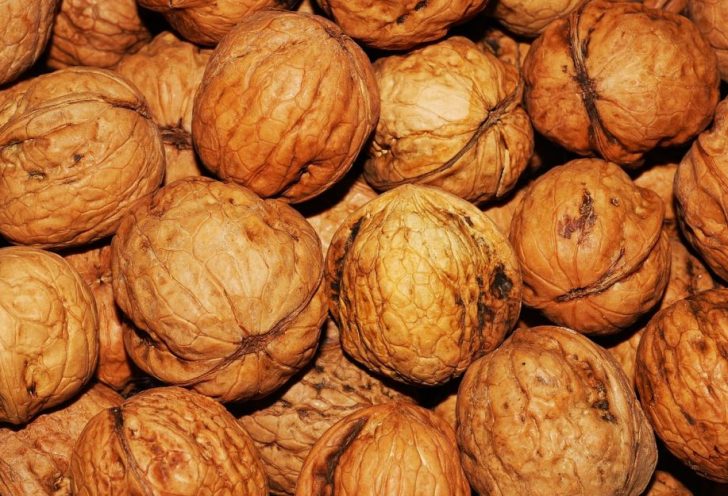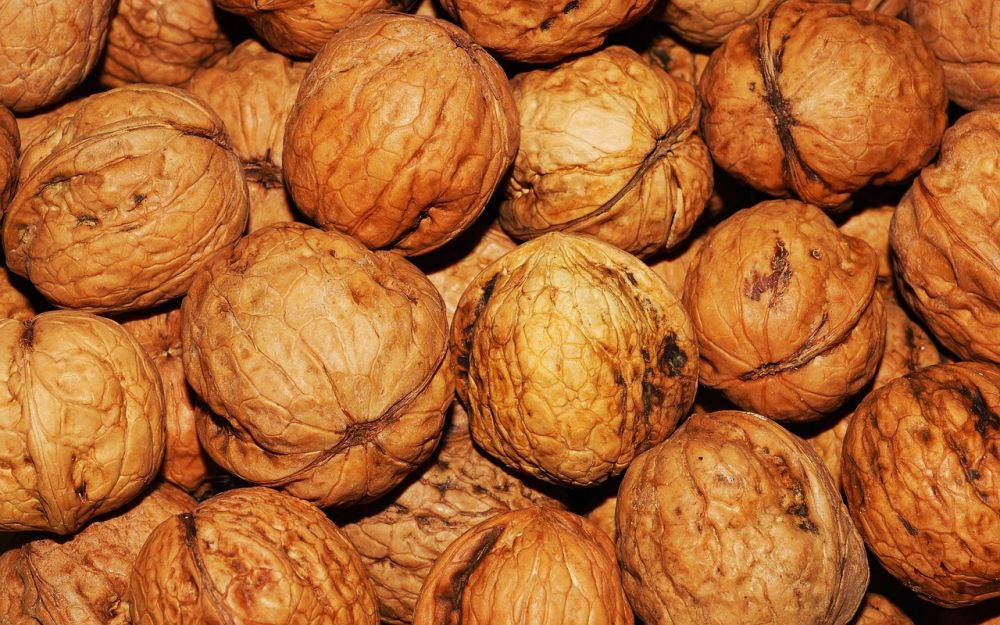Protein diet: A Comprehensive Guide to the Types, Benefits, and History

Introduction
Protein is an essential macronutrient that plays a crucial role in our overall health and well-being. In recent years, protein diets have gained immense popularity among individuals striving to improve their fitness, aid in weight loss, or enhance muscle development. This article aims to provide a detailed overview of protein diets, including their types, popularity, quantitative measurements, variations, and historical analysis of their advantages and disadvantages.
What is a Protein Diet?

A protein diet, also known as a high-protein diet, emphasizes the consumption of foods rich in protein while limiting the intake of carbohydrates and fats. These diets typically involve consuming protein from various sources such as lean meats, poultry, fish, eggs, dairy, legumes, and plant-based protein alternatives.
Types of Protein Diets
1. The Atkins Diet: Dr. Robert Atkins introduced this low-carbohydrate, high-protein diet in the 1970s. It focuses on restricting carbohydrate intake and encouraging the consumption of proteins and fats.
2. The Paleo Diet: Inspired by the dietary patterns of our ancestors, the Paleo diet emphasizes whole, unprocessed foods, including lean meats, fish, fruits, vegetables, nuts, and seeds.
3. The Ketogenic (Keto) Diet: This extremely low-carbohydrate, high-fat, and moderate-protein diet aims to induce a state of ketosis, where the body relies on stored fat for energy instead of carbohydrates.
4. The Dukan Diet: Created by Dr. Pierre Dukan, this protein-based diet consists of four phases, starting with a strict protein-only phase and gradually reintroducing other food groups.
5. The Zone Diet: Developed by Dr. Barry Sears, the Zone diet emphasizes a balanced ratio of macronutrients, with protein accounting for approximately 30% of total daily calorie intake.
Quantitative Measurements of Protein Diets
When following a protein diet, it is crucial to understand the appropriate intake of protein for optimal results. The recommended daily allowance (RDA) for protein varies depending on factors such as age, sex, activity level, and overall health. On average, adult men and women are advised to consume 56 grams and 46 grams of protein per day, respectively. However, protein diets often involve increasing protein intake to support specific goals such as muscle building or weight loss.
Differences Between Protein Diets
Although all protein diets share a primary focus on protein consumption, they differ in terms of macronutrient distribution, food choices, and long-term sustainability. The Atkins and Keto diets significantly restrict carbohydrate intake, while the Zone and Paleo diets allow for a more balanced distribution of macronutrients. Additionally, the sources of protein also vary, with some diets primarily relying on animal-based protein and others incorporating more plant-based alternatives.
Historical Analysis of the Pros and Cons of Protein Diets
Protein diets have been subject to numerous discussions and debates due to their potential advantages and disadvantages. Advocates argue that protein diets can promote weight loss, increase satiety, improve body composition, and enhance metabolic function. However, critics raise concerns about potential risks such as nutrient deficiencies, kidney damage, and cardiovascular issues associated with long-term adherence to these diets. It is important to consider individual factors, consult healthcare professionals, and follow these diets with caution.
Conclusion
In conclusion, protein diets have become increasingly popular due to their potential benefits in improving fitness, aiding weight loss, and enhancing muscle development. Understanding the various types of protein diets, their quantitative measurements, differences, and historical advantages and disadvantages allows individuals to make informed choices based on their personal goals and health considerations. Remember to consult with healthcare professionals or registered dietitians before making significant changes to your dietary habits.
References:
1. Hoffer LJ. Protein requirements. Eur J Clin Nutr. 2013;67 Suppl 2(Suppl 2):S12-S16. doi:10.1038/ejcn.2012.179
2. Leidy HJ, Clifton PM, Astrup A, et al. The role of protein in weight loss and maintenance. Am J Clin Nutr. 2015;101(6):1320S-1329S. doi:10.3945/ajcn.114.084038
3. Phillips SM, Chevalier S, Leidy HJ. Protein ”requirements” beyond the RDA: implications for optimizing health. Appl Physiol Nutr Metab. 2016;41(5):565-572. doi:10.1139/apnm-2015-0550





















